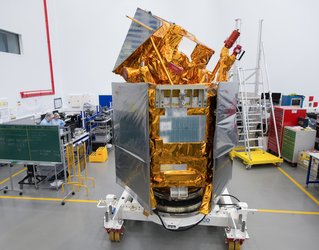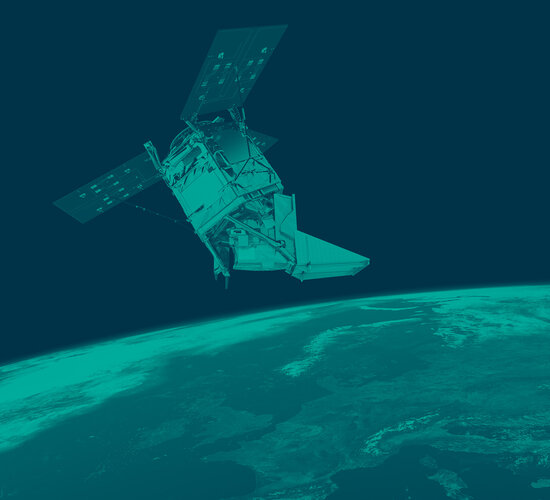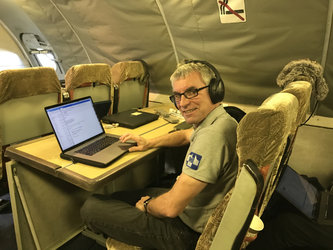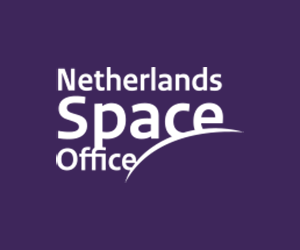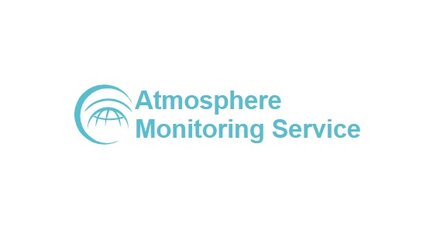Sentinel-5P satellite fuelled
Engineers have been at Russia’s Plesetsk launch site for a month now, ticking off the jobs on the ‘to do’ list so that the Copernicus Sentinel-5P satellite is fit and ready for liftoff on 13 October. With the satellite now fuelled, the team has passed another milestone.
Fuelling a satellite is a particularly delicate operation. Hydrazine is extremely toxic so only a few specialists wearing ‘scape’ suits remain in the cleanroom.
Once filled with 82 kg of hydrazine, the satellite was weighed. Permission to fuel came after the Rockot launcher had been tested.
This involved the booster and the ‘ascent unit’ minus the satellite being taken to the launch pad and assembled.
Kevin McMullan, ESA’s Sentinel-5P project manager, said, “The campaign to prepare Sentinel-5P is going very well thanks to the expertise and hard work of the teams in Plesetsk.

“Even though there’s a lot at stake and the teams are working long days, everyone remains in good humour, team spirit is excellent.”
Sentinel-5P will ride into space on the Rockot on 13 October at 09:27 GMT (11:27 CEST).
The state-of-the-art Tropomi instrument will map a multitude of trace gases such as nitrogen dioxide, ozone, formaldehyde, sulphur dioxide, methane, carbon monoxide and aerosols – all of which affect the air we breathe and therefore our health, and our climate. With a swath width of 2600 km, it will map the entire planet every day.

Information from this new mission will be used through the Copernicus Atmosphere Monitoring Service for air quality forecasts and for decision-making.
It is the first Copernicus mission dedicated to monitoring our atmosphere. It follows five other Sentinel satellites already in orbit and delivering a wealth of information about our planet.
The Sentinels make up the core of EU’s Copernicus environmental monitoring network.
An EU flagship space initiative, Copernicus provides operational information on the world’s land surfaces, oceans and atmosphere to support environmental and security policymaking, and meet the needs of citizens and service providers.
With the ascent unit back in the facility after its outing to the launch pad, the next jobs on the list include joining the satellite to the launch adapter and then encapsulating it in the rocket fairing.


Access the video






